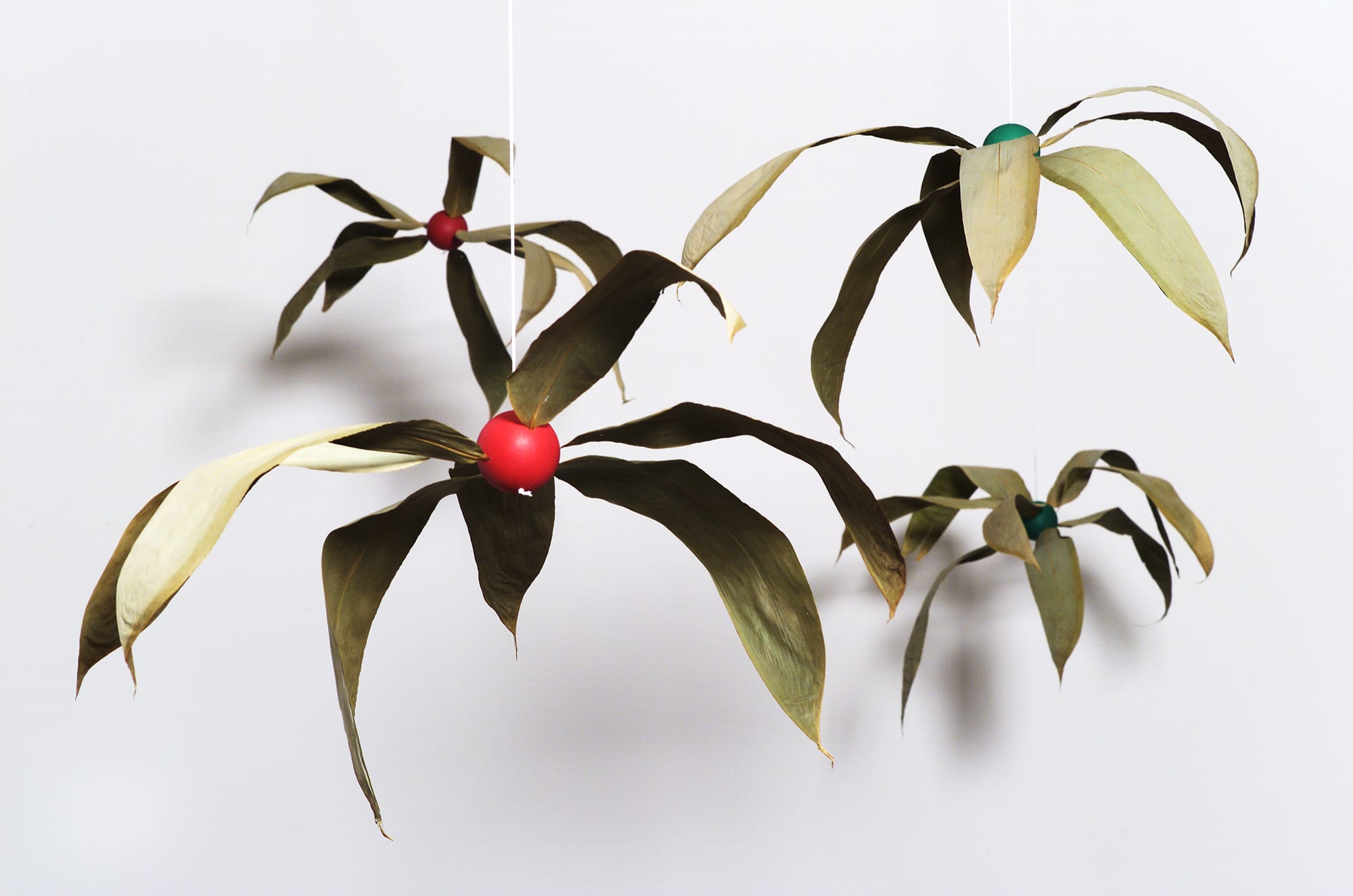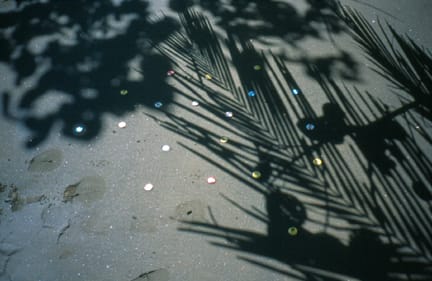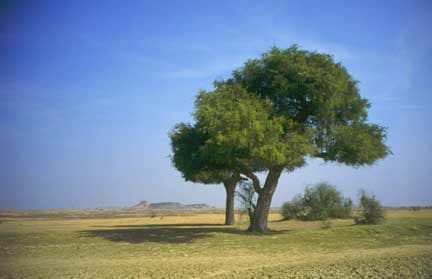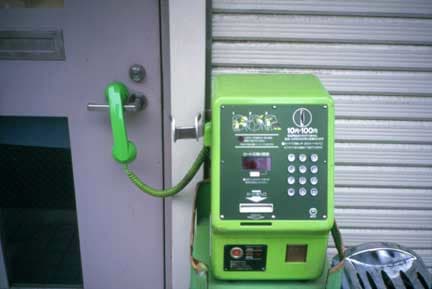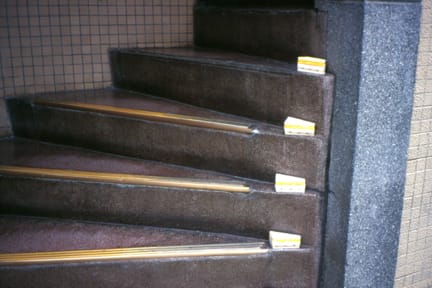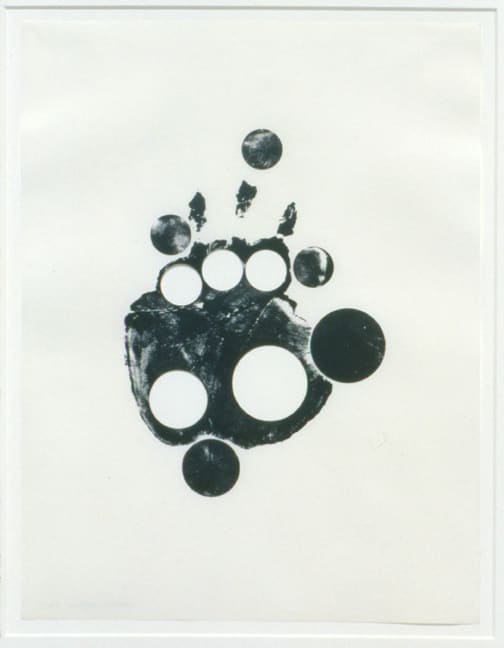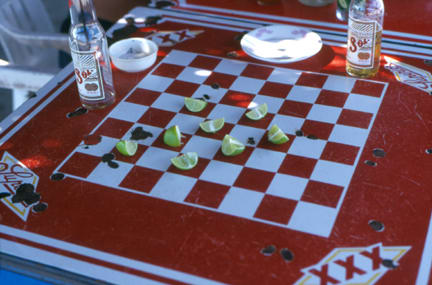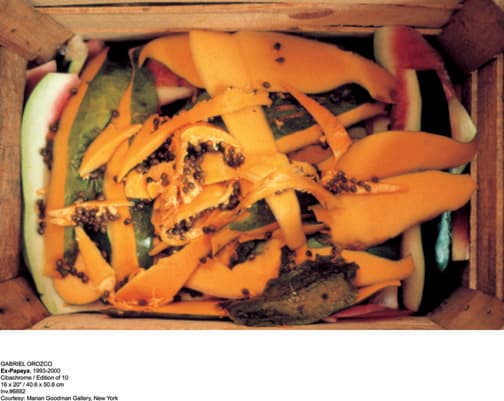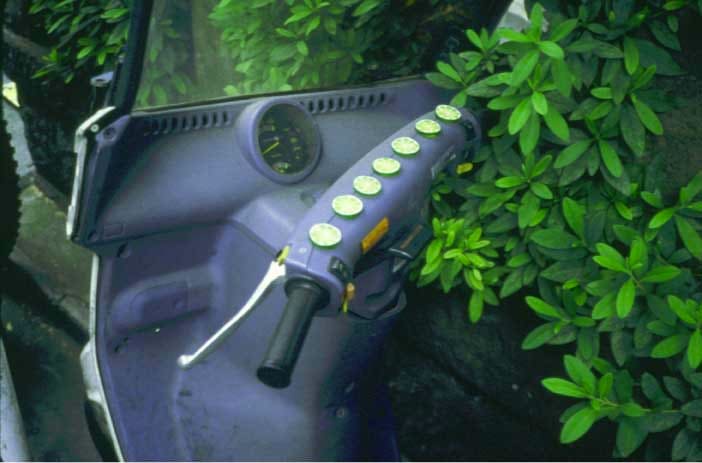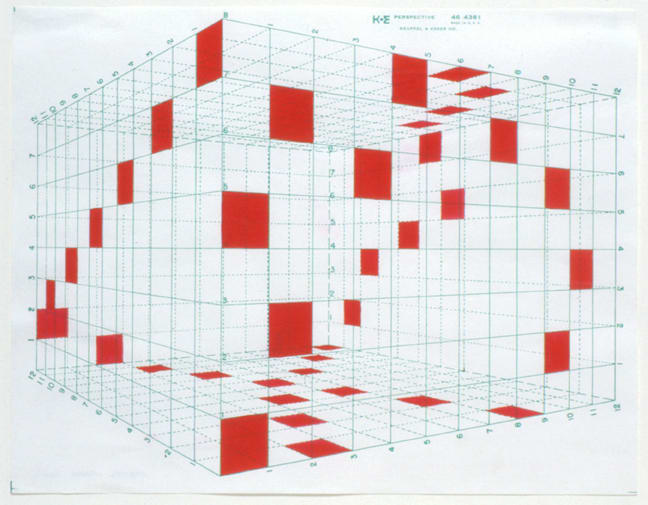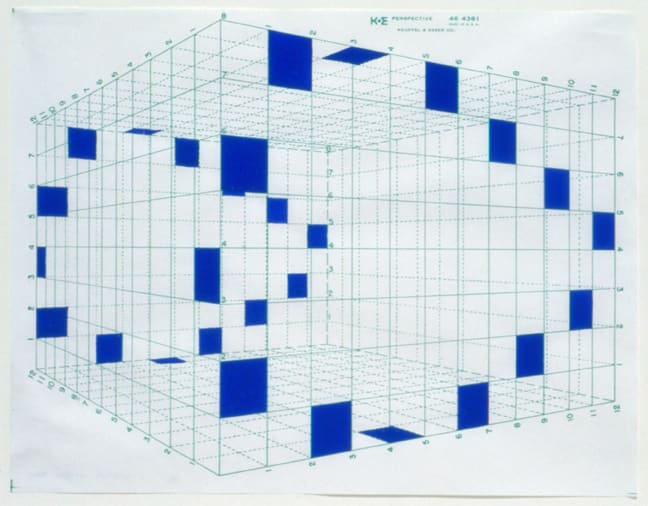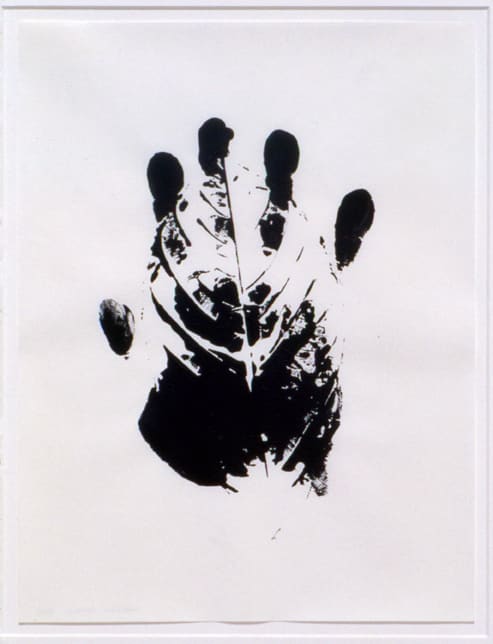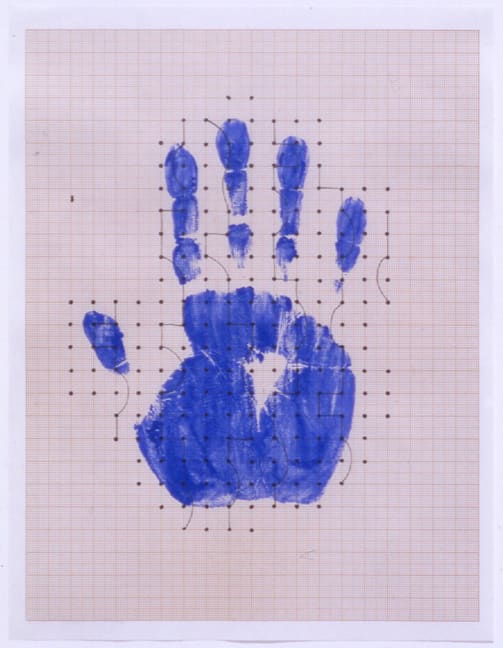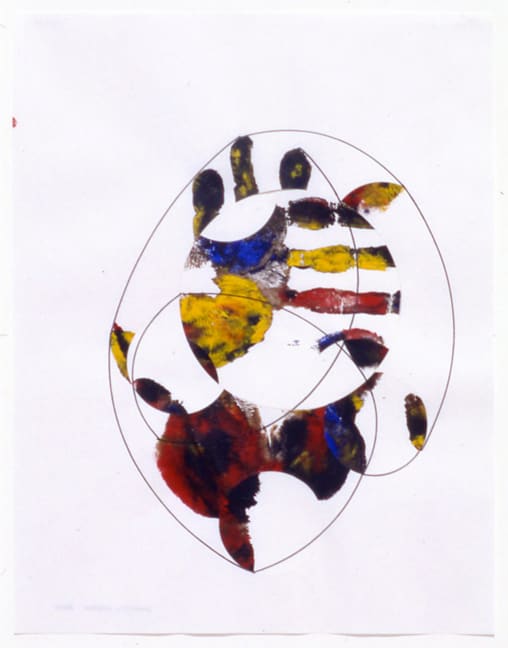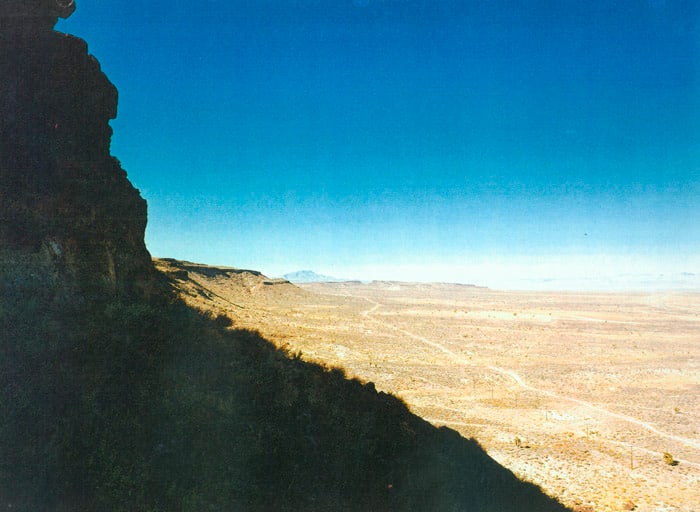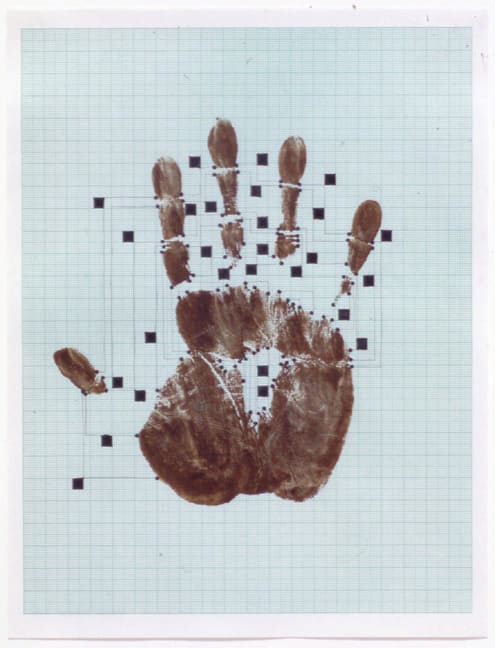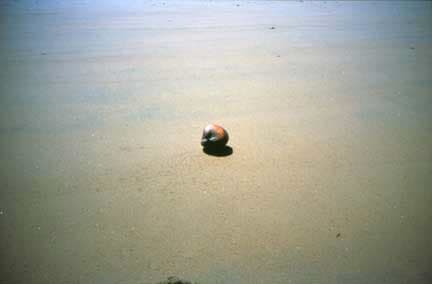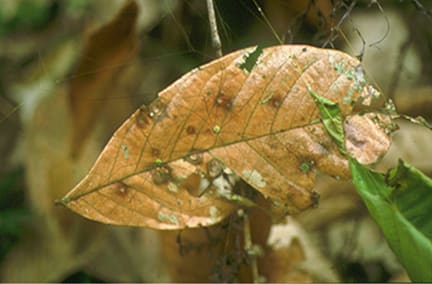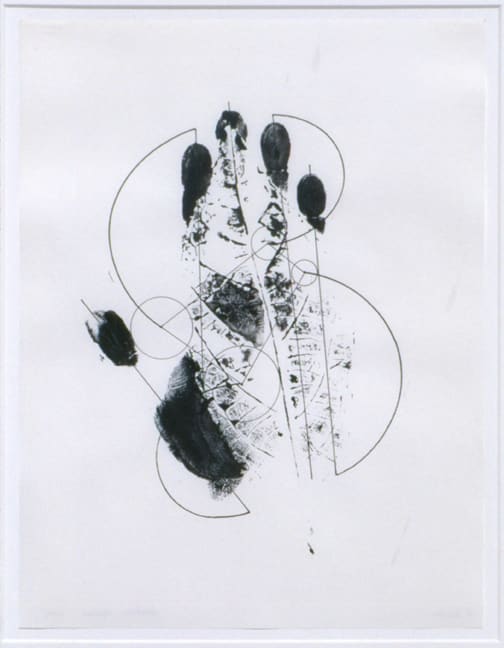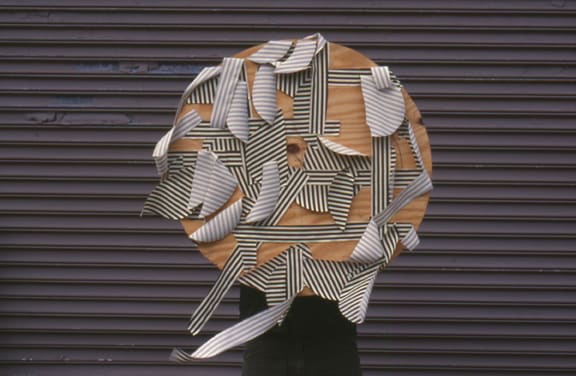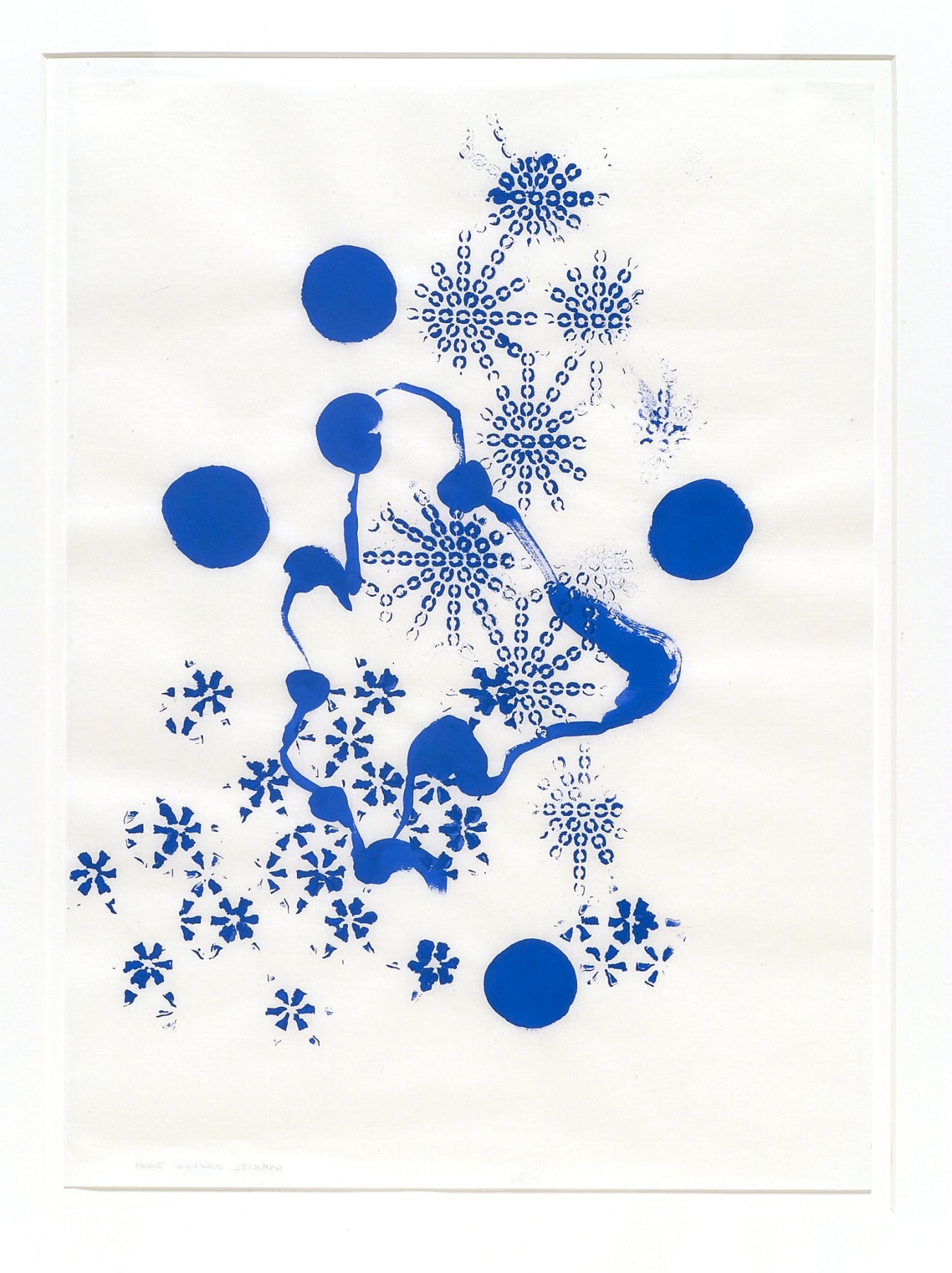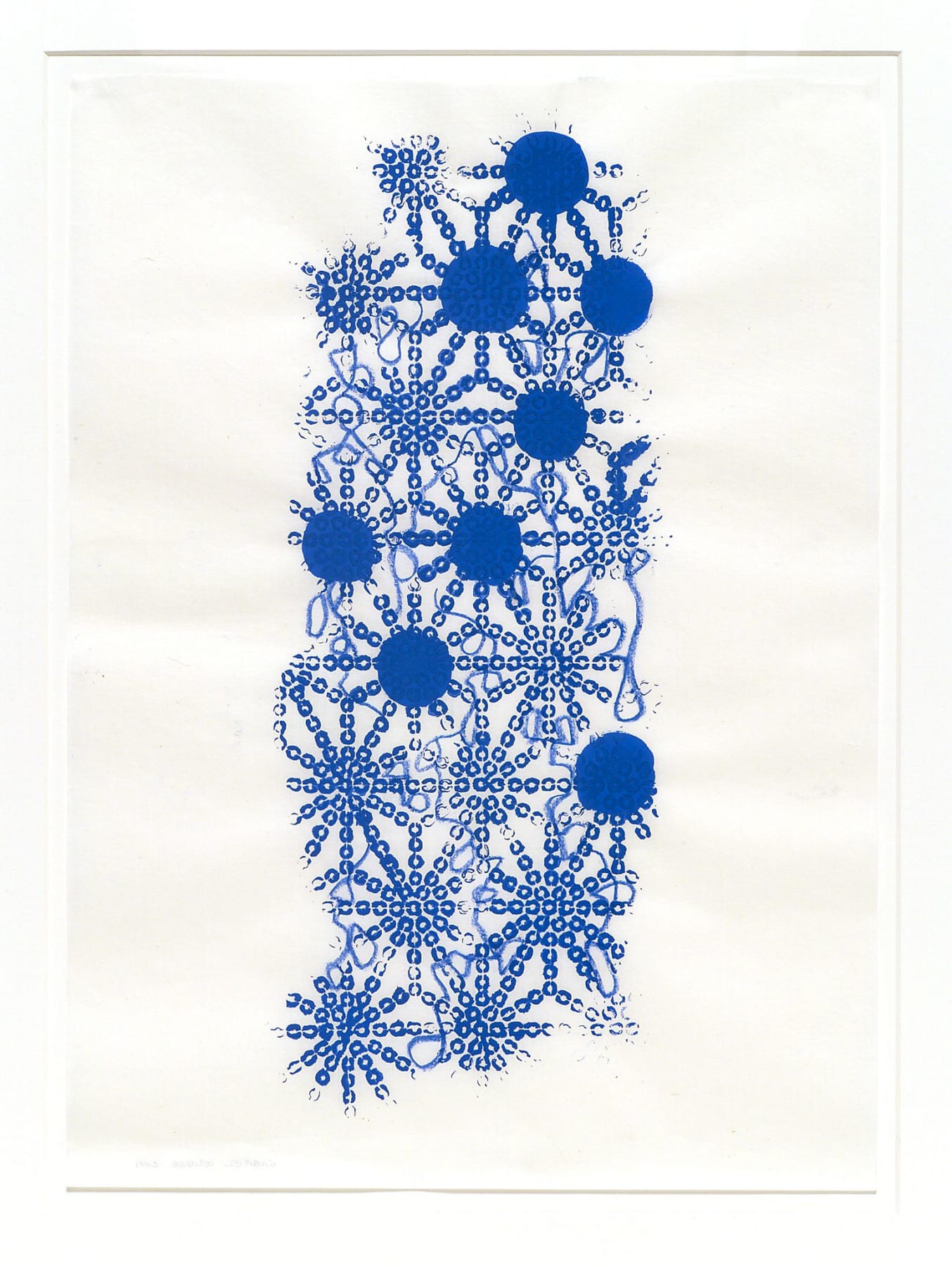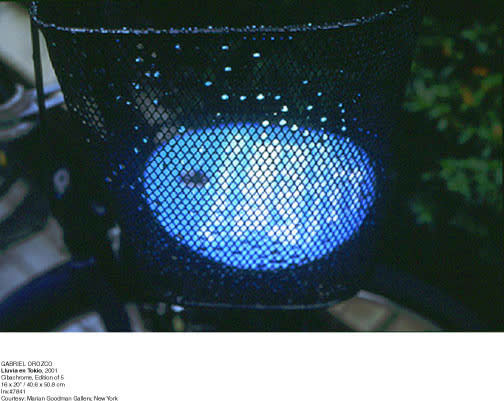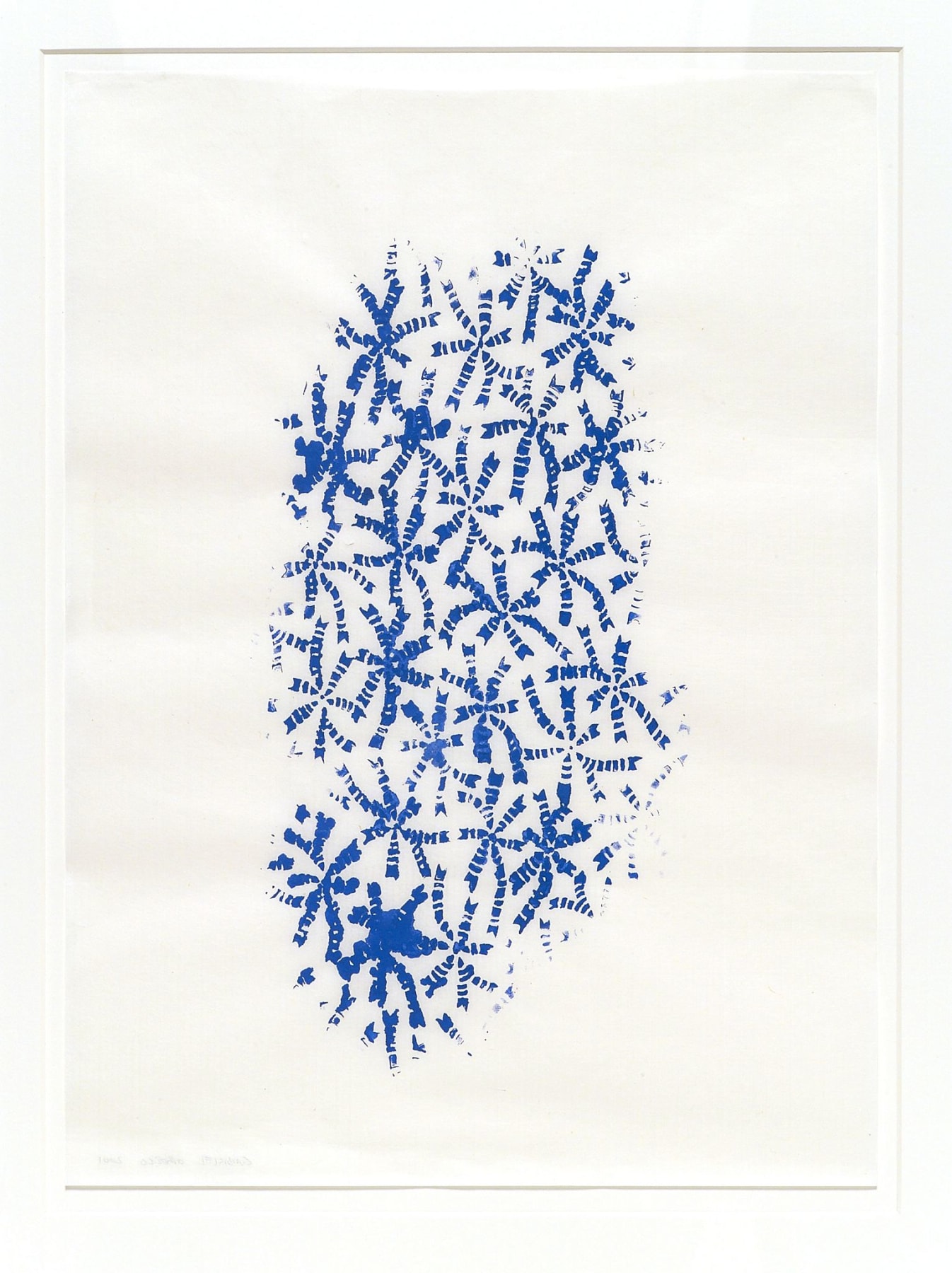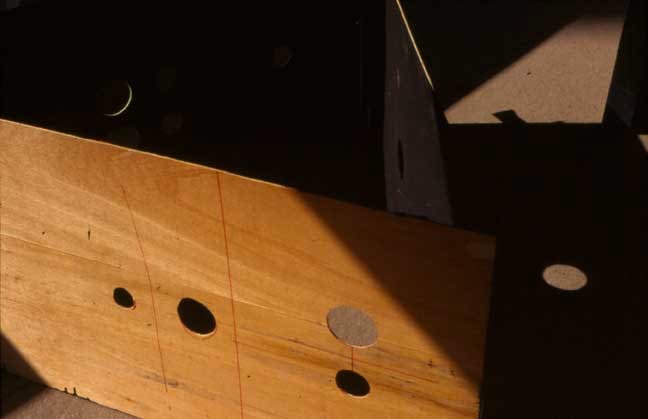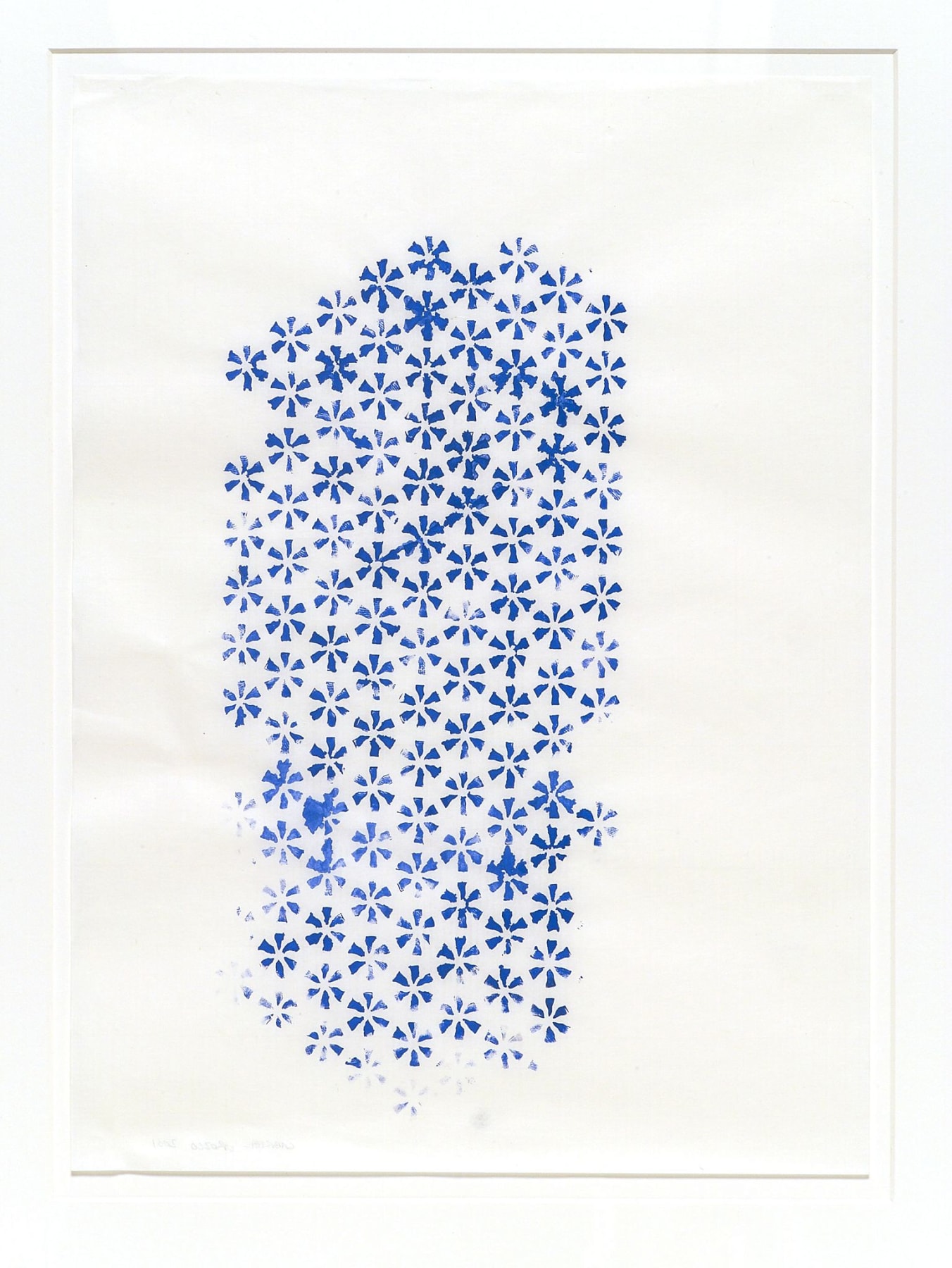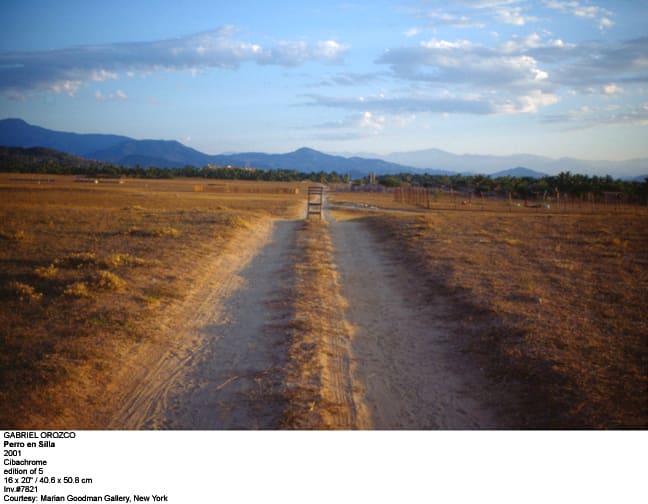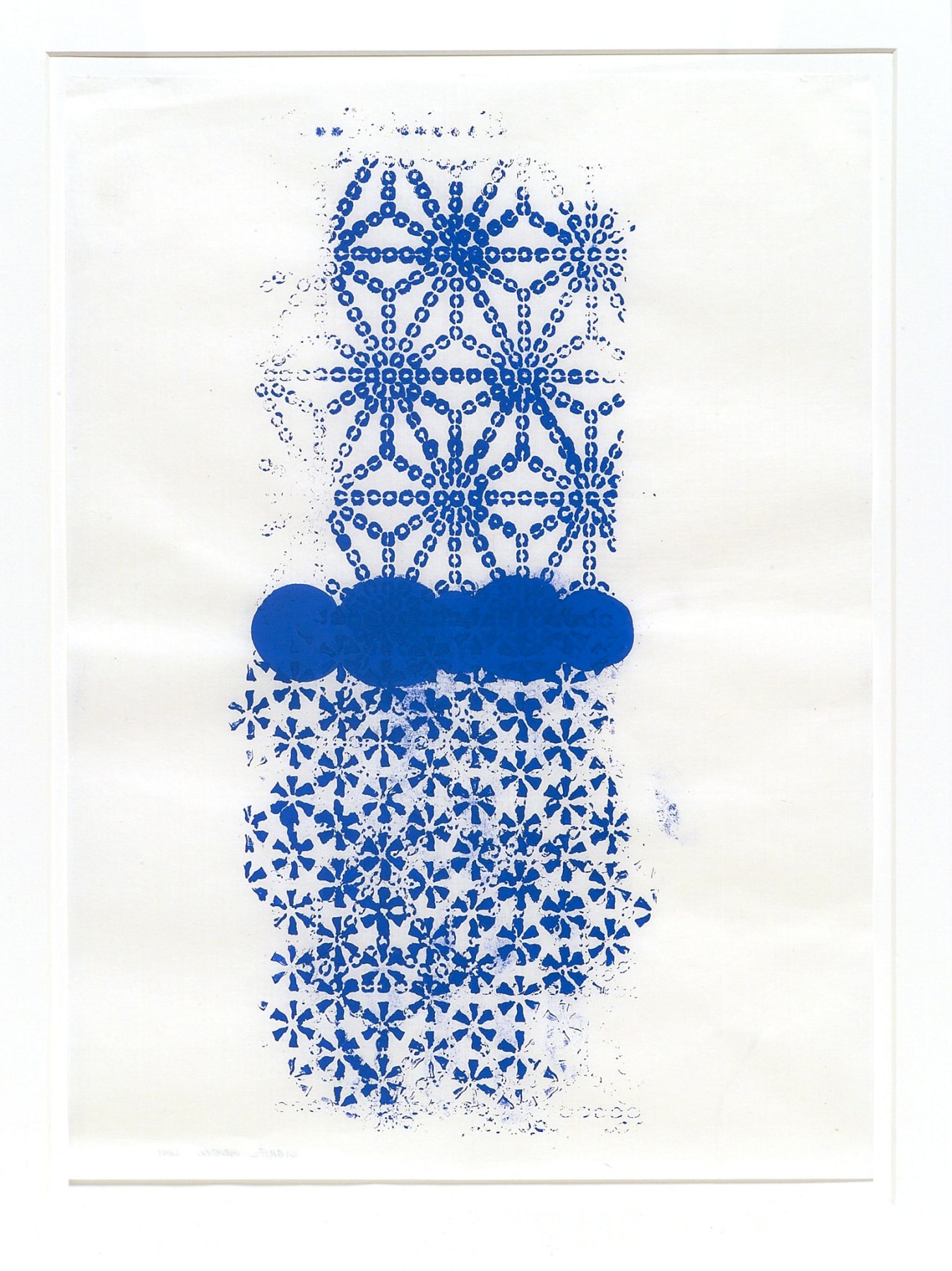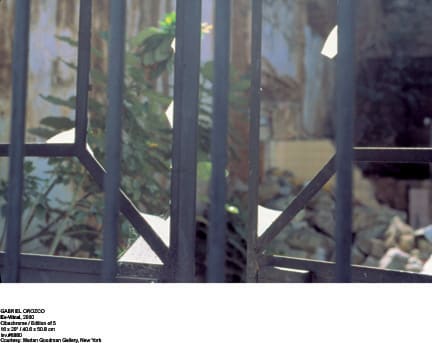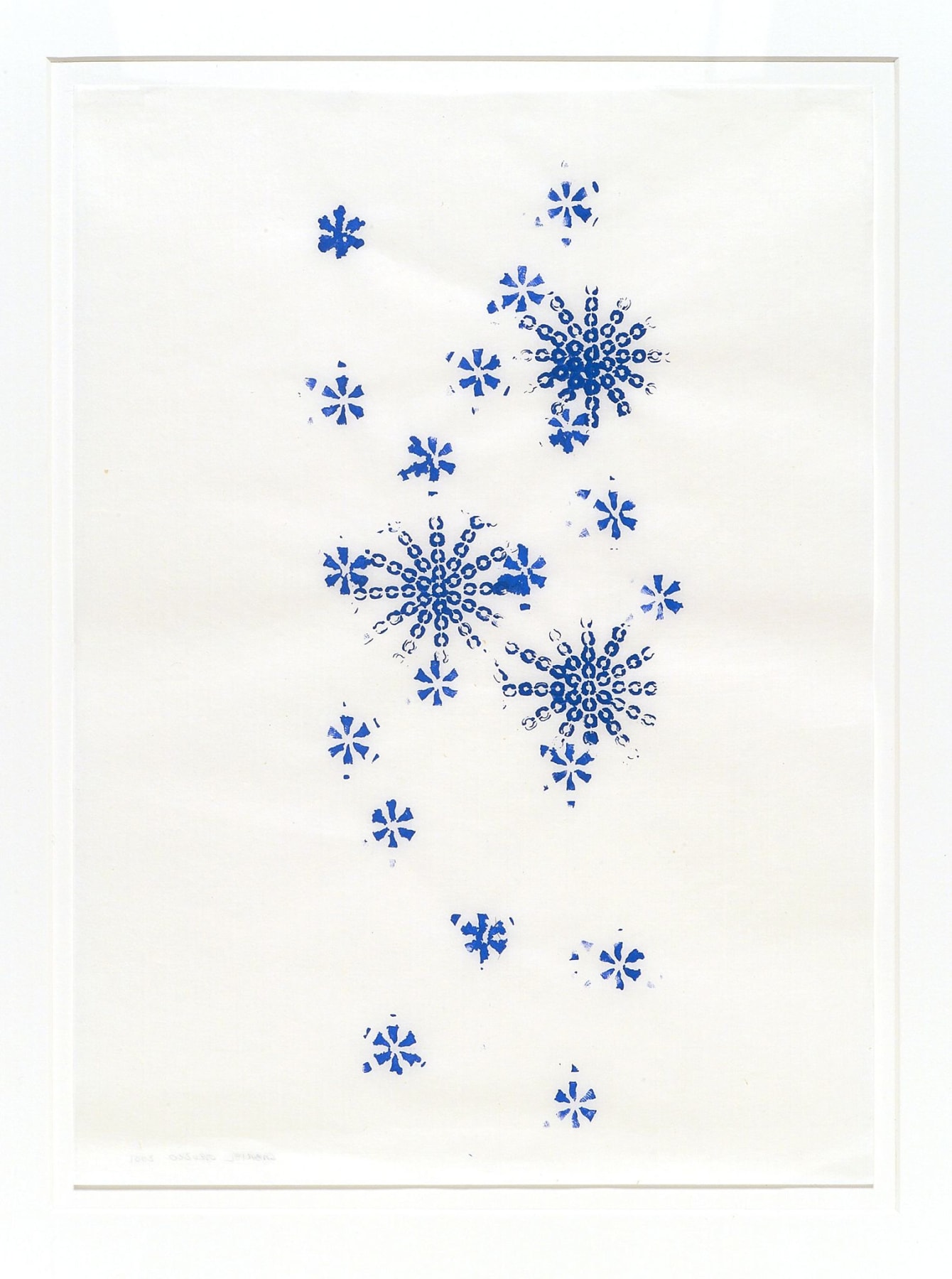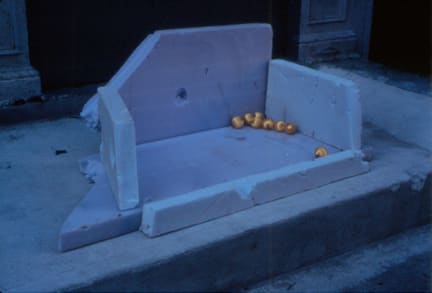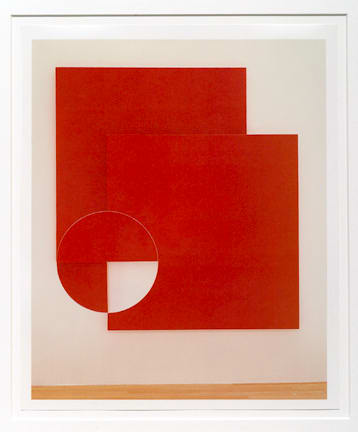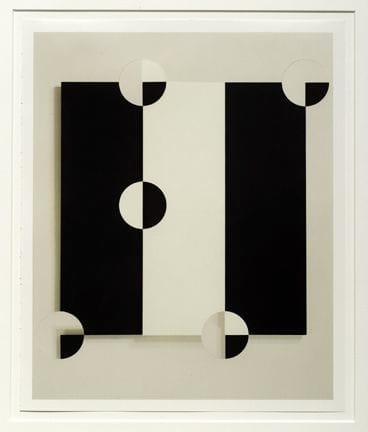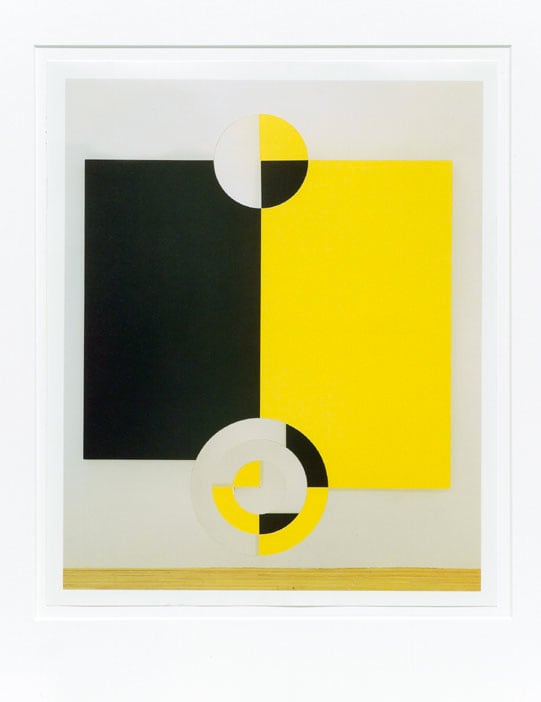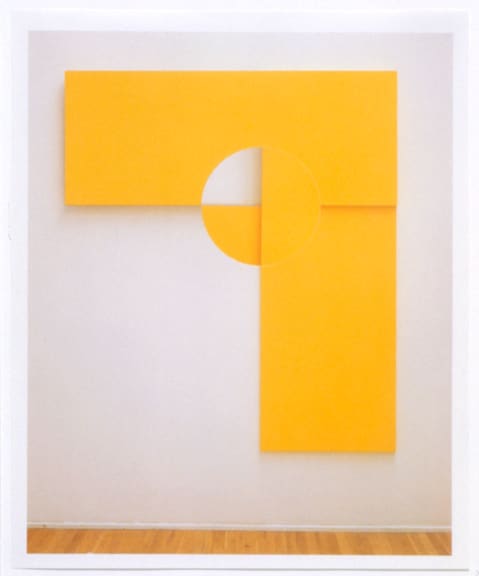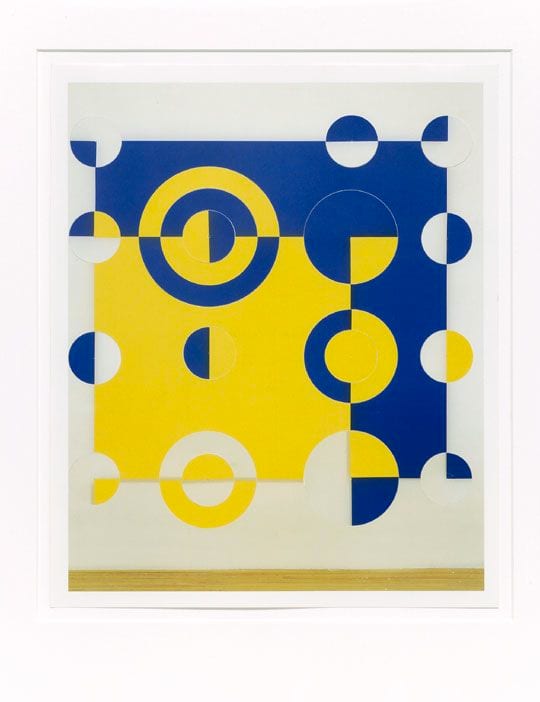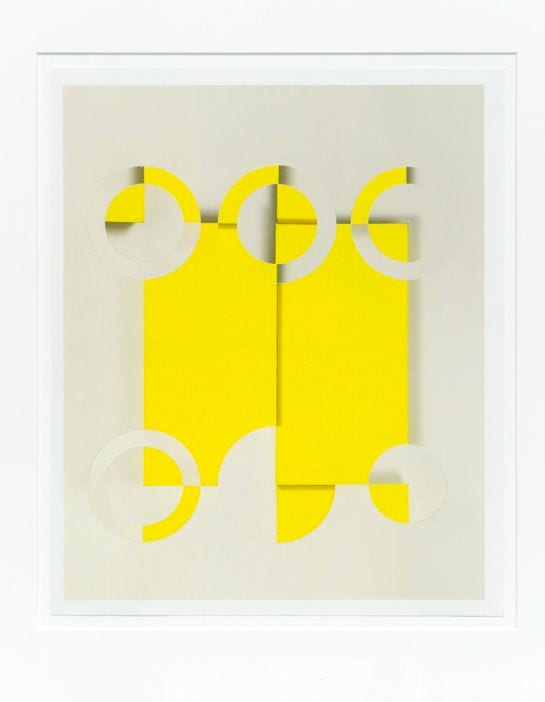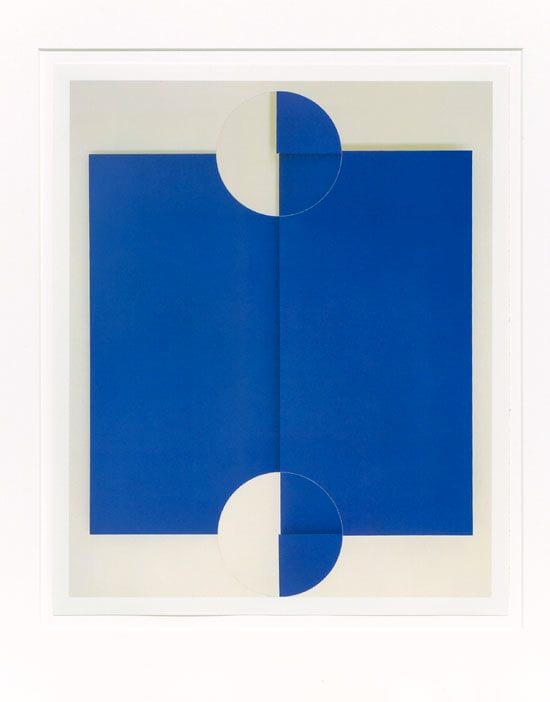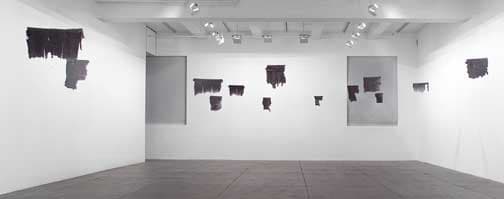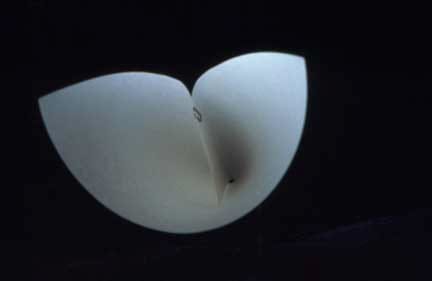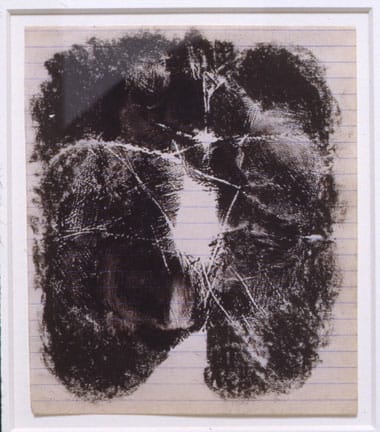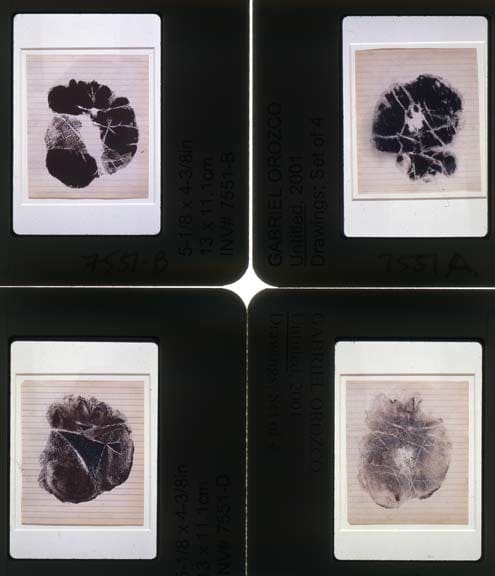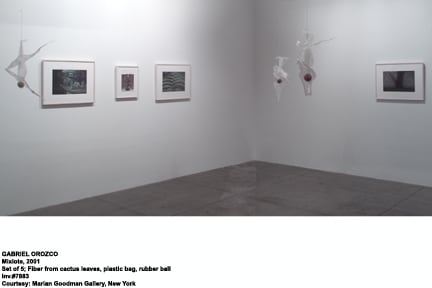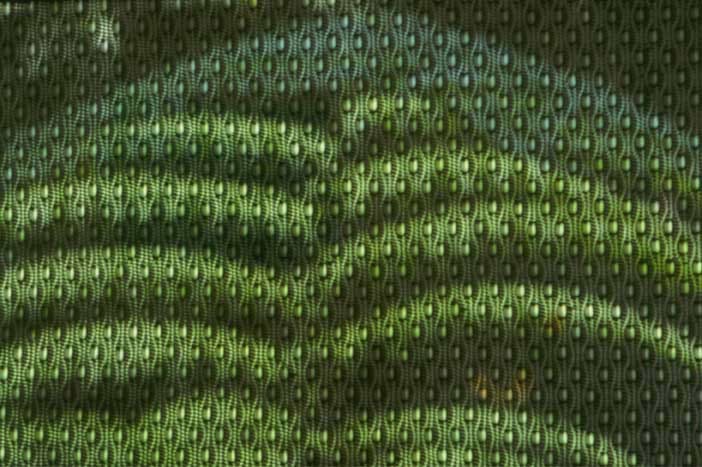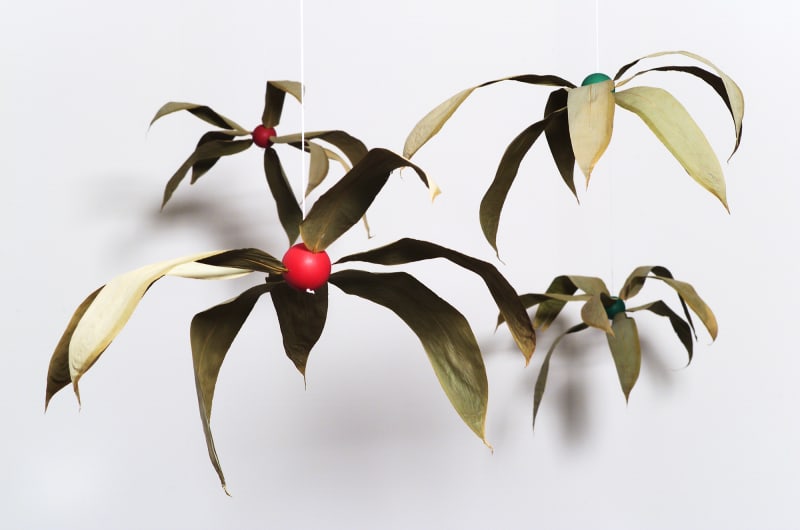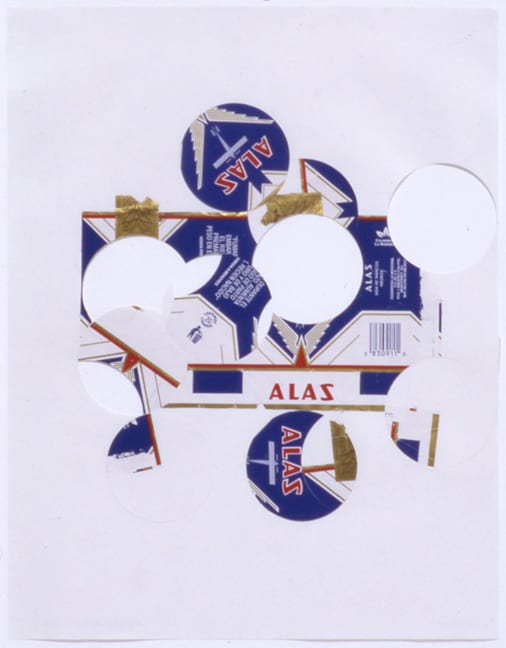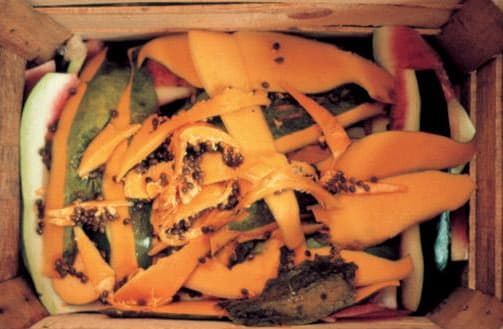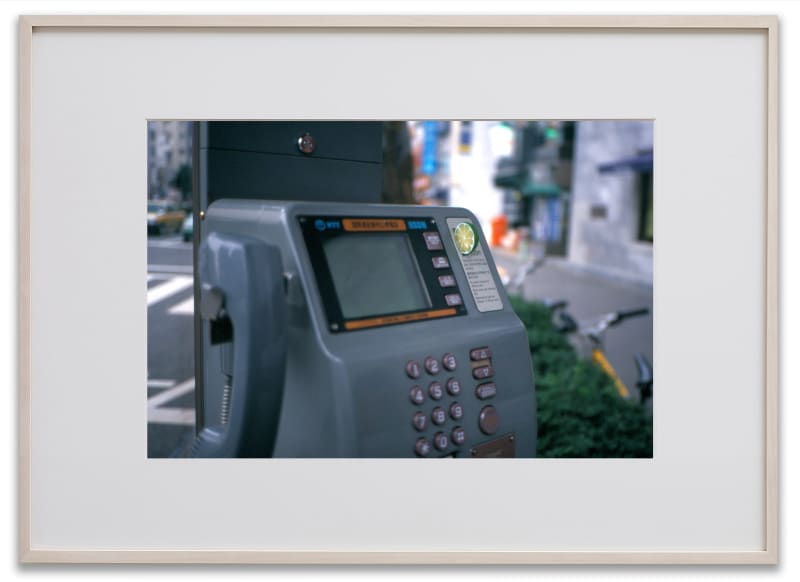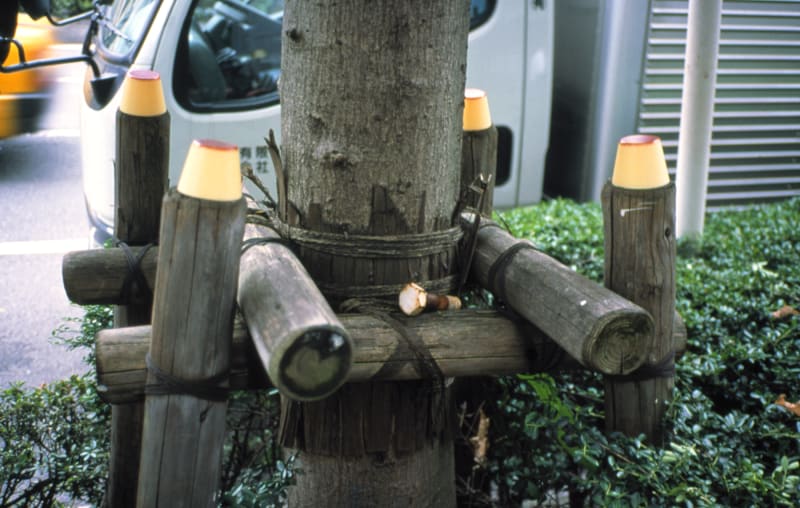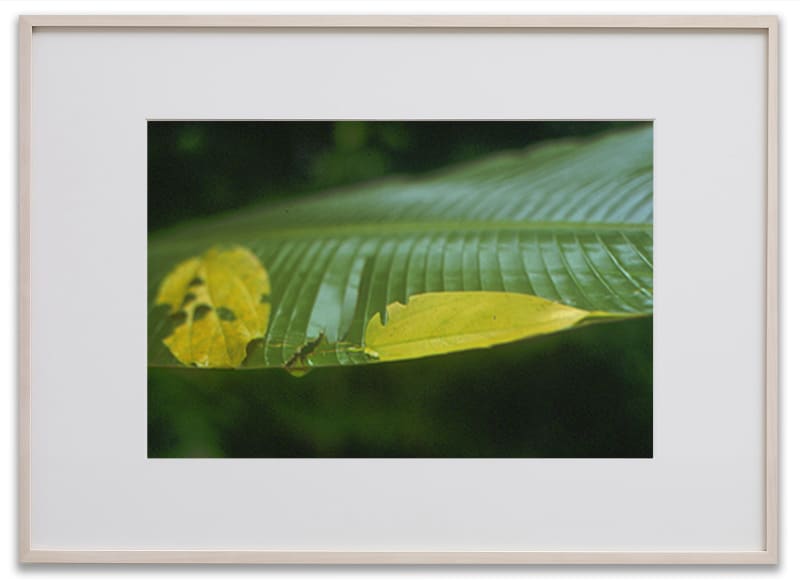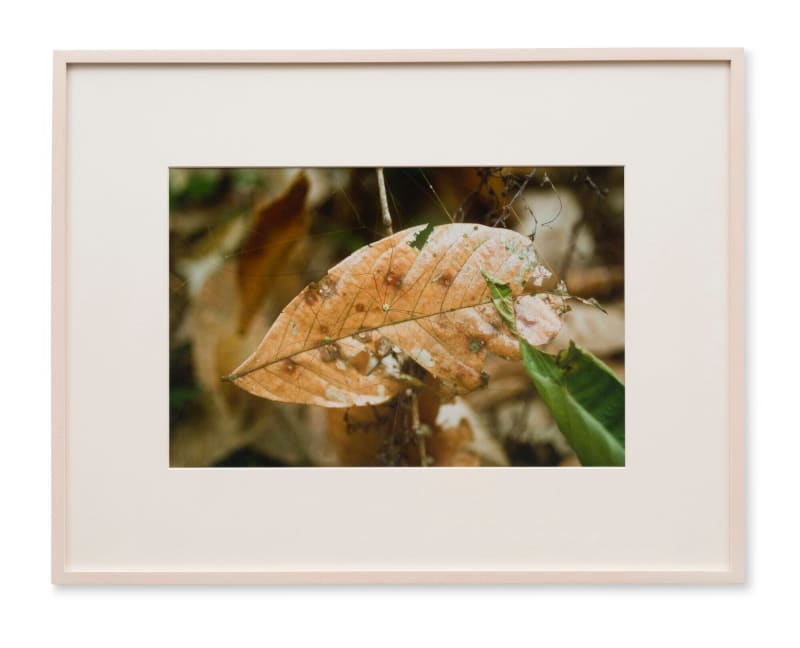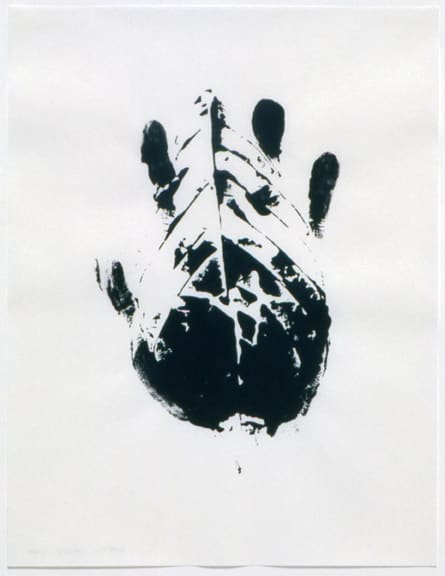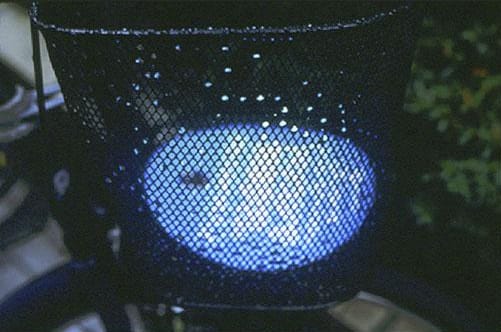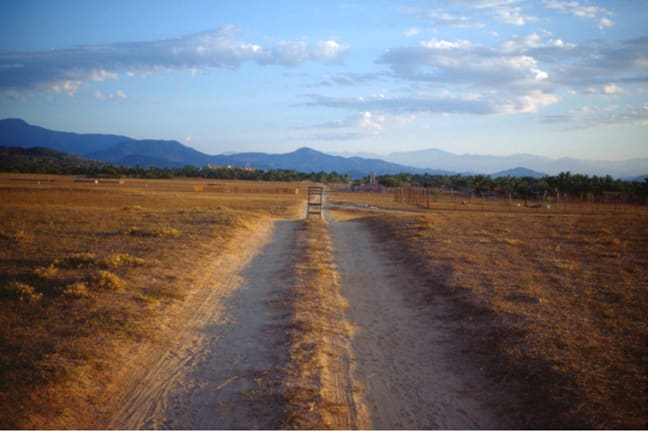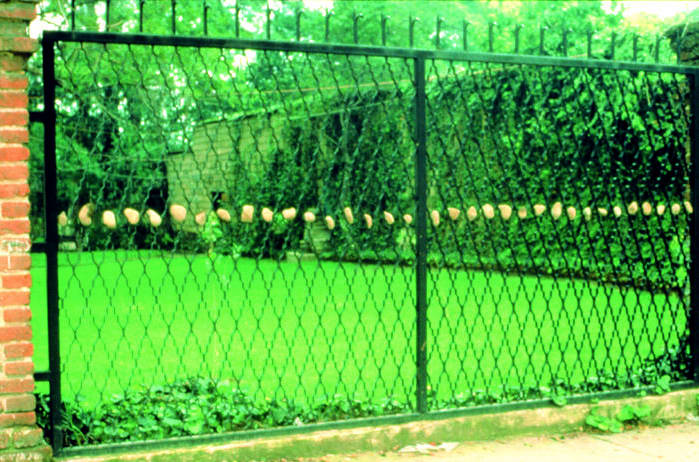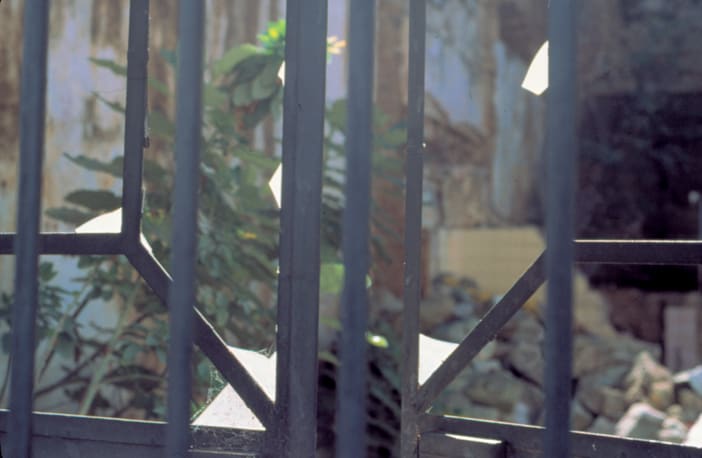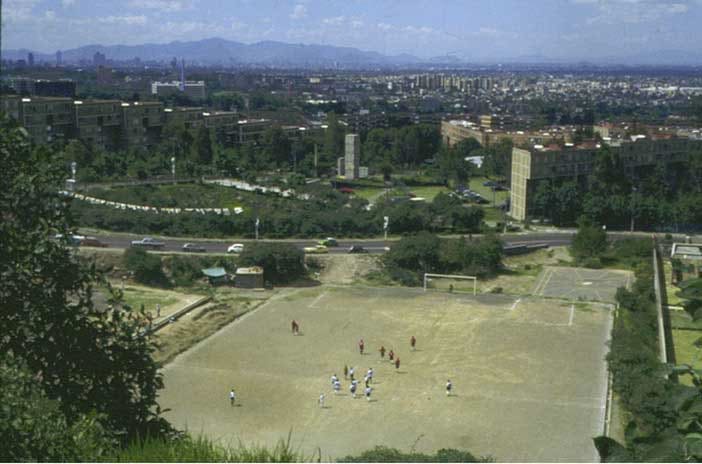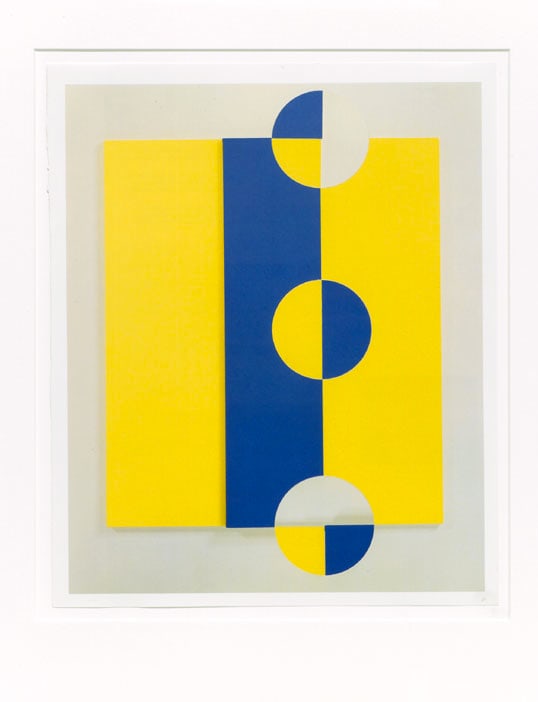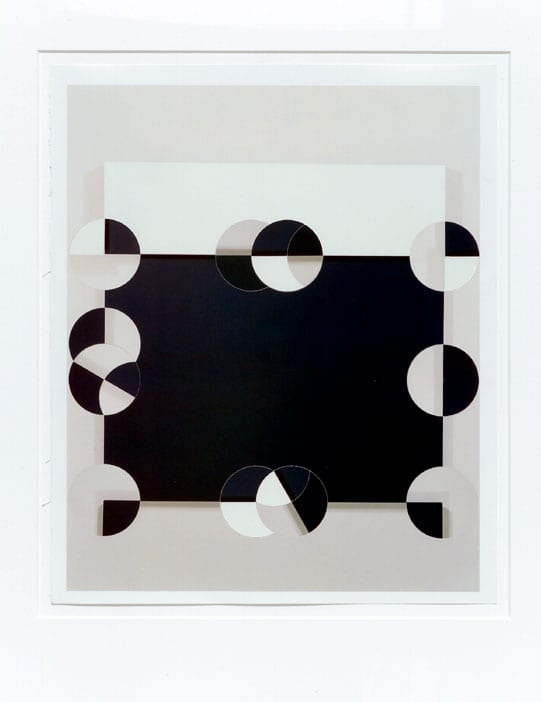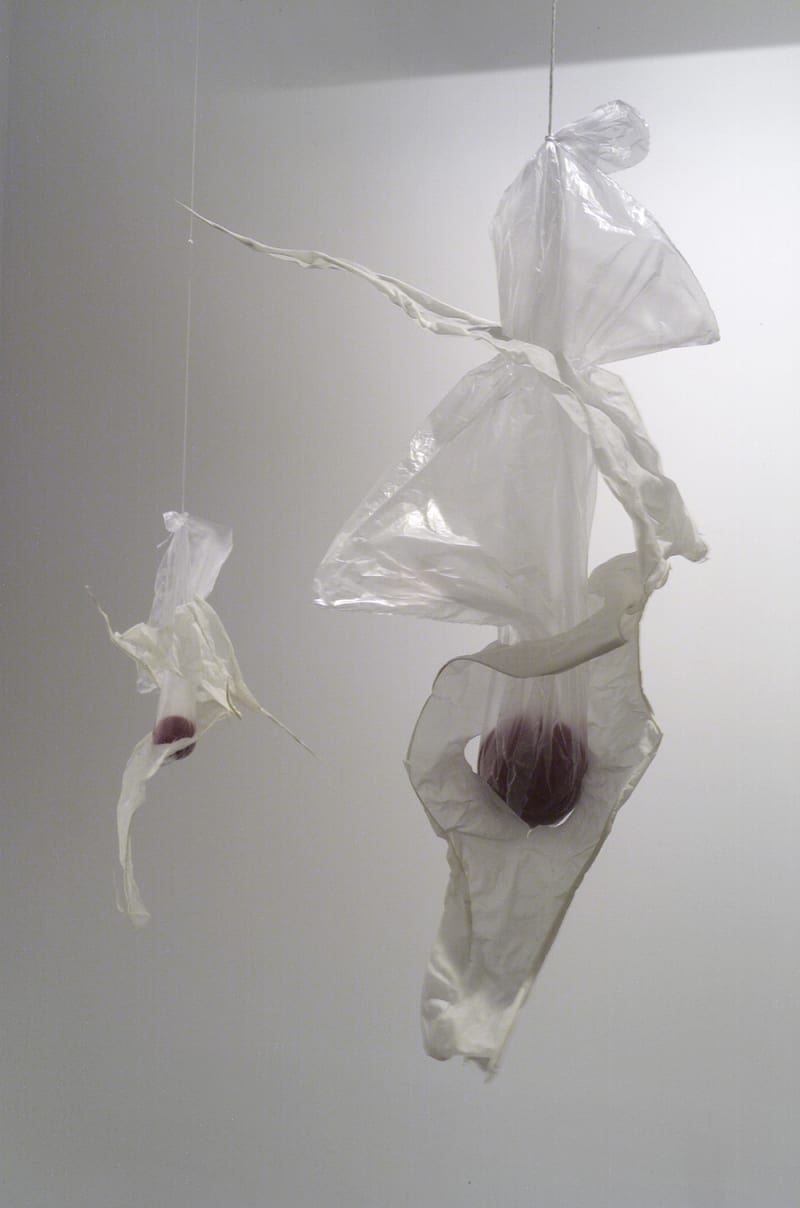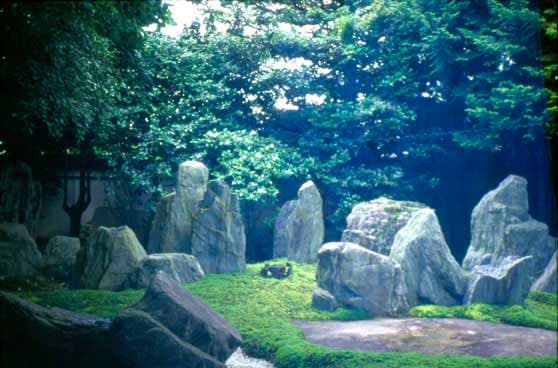Overview
Gabriel Orozco's work consistently draws on a conceptual practice rooted in the spontaneous intervention and transformation of materials encountered in the daily landscape. This intervention exists on site, in transit, by chance, in diverse geographic contexts throughout the globe, and favors an economy of means that includes industrial objects, debris, and ephemera. Orozco's strategy in observing the unnoticed, in seizing an instant or a situation, and in creating new materials from old, is to subtly challenge our perceptions and received ideas. This is achieved in smaller works or in larger installations whose formal schemes can range from quotidien accumulation, to documentation of transformed environments, to found or fabricated objects.
Marian Goodman Gallery is very pleased to announce an exhibition of new work by Gabriel Orozco which will open to the public on Wednesday, November 7th and will be on view through December.
Gabriel Orozco's work consistently draws on a conceptual practice rooted in the spontaneous intervention and transformation of materials encountered in the daily landscape. This intervention exists on site, in transit, by chance, in diverse geographic contexts throughout the globe, and favors an economy of means that includes industrial objects, debris, and ephemera. Orozco's strategy in observing the unnoticed, in seizing an instant or a situation, and in creating new materials from old, is to subtly challenge our perceptions and received ideas. This is achieved in smaller works or in larger installations whose formal schemes can range from quotidien accumulation, to documentation of transformed environments, to found or fabricated objects.
The drawings currently on view were created in the rain forest and in San Jose City, Costa Rica, in Mexico City, New York, and Paris, where he has spent time over the past year. In his daily ambulatory forays around the world, Orozco is equipped with basic drawing instruments and a small format paper, a portable, desk-type stationery, that permits a concentrated mobility. This standard format has been a constant in his work since 1992 when he first moved to New York. In the graphic work, as well as in the new photographs, close-ups, set ups, blurred or blind spots of circularity, are a subtle allusion to some of his personal motifs -- circles, games, patterns, lines, and screens. Some of the photographs concentrate on fallen dead leaves, and make observations about the tropical rain forest as a recipient of constant decay. Another series of photographs, taken in Tokyo, portrays a different cultural landscape: simulated food which is inserted into the panorama of the everyday street. In a separate gallery, a series of collages titled Kelly Kites are reconfigured arrangements of color, renderings of minimalist painting taken from a recent exhibition catalogue of Ellsworth Kelly's work.
In the North Gallery hangs an installation of lint, which the artist has been collecting for the past year. Of this work, Orozco says, "I started to be intrigued with differences in the color and texture of lint, its "purity", and the way it is held together as dust, fibers, and hair; the idea of clean dust and the combination of colors after they gather together. For this exhibiiton, the lint I collected was not enough so I asked my friends and my neighborhood laudromat to collect their lint for me. Between industrial and home made lint we collected enough to create these new "Lintels"." In the South Gallery and in the North Gallery viewing room are mixiote, made of cactus leaves, rubber balls, and plastic bags, and bamboo leaves and rubber balls, which contrast with the spare veils of lint in the front.
Born in Mexico in Jalapa, Veracruz in 1962, Orozco studied at Escuela Nacional de Arte Plasticas, U.N.A.M. in Mexico City between 1981 and 1984, and later in Spain at Circulo de Bellas Artes, Madrid, from 1986 to 1987. In 1995, he was a DAAD artist-in-residence in Berlin, Germany.
His work has been exhibited widely internationally. This past year a retrospective, Gabriel Orozco, opened at The Museum of Contemporary Art, Los Angeles, and travelled to the Museo Internacional Rufino Tamayo, Mexico City; and the Museo de Arte Contemporaneo de Monterey, Monterey, Mexico. In 1999 he exhibited "Photogravity" at the Philadelphia Museum of Art. In 1996 his project "The Empty Club", at a former gentleman's club in London, was sponsored by Art Angel Projects, London. The same year, a solo show opened at the Kunsthalle Zurich and travelled to The ICA, London, and to the Staalichen Museum am Kulturforum, Berlin. Since 1993 his work has been shown at The Museum of Modern Art, New York; Portikus, Frankfurt; ARC/Musee Nacionale d'Art Moderne de la Ville de Paris, Paris; the Stedelijk Museum, Amsterdam; the Museum of Contemporary Art, Chicago; and the Kanaal Art Foundation, Kortrujk, Belgium. Group exhibitions include: the 1999 Carnegie International, Carnegie Museum of Art, Pittsburgh; Skulptur Projekte in Münster '97, Munster, Germany; Documenta 10, Kassel; and the 1997 and 1995 Whitney Biennial of American Art, New York .
Currently his work is included in Places in the Mind: Modern Photographs from the Collection at the Metropolitan Museum of Art, New York; the 2001 Yokohama International Triennial of Contemporary Art, Yokohama, Japan; The Istanbul Biennial, Istanbul, Turkey; and Ars 01 at the Museum of Contemporary Art, Kiasma, Helsinki, Finland.
Recent publications include Gabriel Orozco, The Museum of Contemporary Art, Los Angeles(2000), and From Green Glass to Airplane: Recordings, Artimo and the Stedelijk Museum, Amsterdam (2001).
